Gastronomy of Costa Rica, Costa Rican cuisine is a culinary journey through a country’s natural beauty, biodiversity, and rich cultural heritage. Located in Central America, Costa Rica boasts a culinary tradition deeply rooted in its natural ingredients, indigenous heritage, Spanish colonization, and the influences of neighbouring countries. From the iconic gallo pinto to the tropical delight of ceviche, Costa Rican food reflects the nation’s passion for fresh, flavorful, and locally sourced dishes. In this exploration of Costa Rican cuisine, we will delve into its historical roots, regional diversity, iconic dishes, street food culture, and the challenges and opportunities it faces.
Historical Roots:
Costa Rican cuisine has deep historical roots, with the indigenous peoples of the region, such as the Bribri, Cabécar, and Maleku, who lived off the bounty of the land. They cultivated crops like maize (corn), beans, and yams and had a deep appreciation for local fruits, vegetables, and the culinary potential of tropical ingredients.
Spanish colonization in the 16th century introduced European ingredients like wheat, rice, and livestock, which blended with indigenous traditions to create a mestizo cuisine that characterizes much of Costa Rican cooking. The fusion of these culinary traditions resulted in dishes that honour the natural beauty and agricultural richness of the country.
Regional Diversity:
Costa Rica’s geographical diversity is a defining feature of its cuisine, with different regions offering unique ingredients and dishes. The country can be divided into several culinary regions, each with its own distinct culinary traditions. Some of the most notable culinary regions include:
- Central Valley: The heart of the country, the Central Valley region is known for its agricultural abundance. Here, you can find a variety of dishes that incorporate local ingredients like maize, beans, and rice. The iconic gallo pinto, olla de carne, and chayote salad are staples in this region.
- Pacific Coast: The coastal regions of Costa Rica are abundant in seafood, and dishes like ceviche, arroz con camarones (shrimp and rice), and pescado entero (whole fish) are popular.
- Caribbean Coast: The Caribbean coast is influenced by Afro-Caribbean and indigenous traditions, resulting in dishes like rice and beans (often cooked with coconut milk), rondón (a rich seafood soup), and jerk chicken.
- Northern Region: The northern region offers a distinctive culinary culture influenced by neighbouring Nicaragua. Dishes like vigaron (yucca and pork salad) and nacatamal (a type of tamale) are common here.
Iconic Dishes:
Costa Rican cuisine features an array of iconic dishes that are beloved both within the country and among international food enthusiasts. These dishes encapsulate the essence of Costa Rican food culture. Some of the most famous Costa Rican dishes include:
- Gallo Pinto: This is Costa Rica’s national dish and a breakfast staple. It’s a flavorful mixture of rice and beans, often seasoned with onions, peppers, and spices. Gallo pinto is typically served with eggs, cheese, and sour cream.
- Olla de Carne: A hearty beef stew made with tender cuts of beef, vegetables, and a variety of spices. It’s a comforting and nourishing dish often enjoyed with corn tortillas.
- Ceviche: A delightful seafood dish made with fresh fish or shrimp, marinated in lime or sour orange juice, and mixed with onions, cilantro, and bell peppers. It’s typically served with crackers or tortilla chips.
- Casado: A traditional Costa Rican meal that typically includes rice, black beans, protein (such as chicken, beef, or fish), and a side salad. It’s a well-balanced and satisfying dish.
- Patacones: Twice-fried green plantains, patacones are crispy, savoury, and often served as a side dish or snack.
Street Food Culture:
Costa Rica’s street food culture is vibrant and provides an opportunity to savour local flavours and ingredients. Street vendors offer a wide range of traditional dishes and snacks, often made with locally sourced ingredients. From bustling markets to beachside stands, street food is an integral part of Costa Rican life.
A must-try street food in Costa Rica is undoubtedly the patacone, enjoyed with a variety of toppings and sauces. Ceviche is also readily available from street vendors, offering a refreshing and flavorful seafood experience. Additionally, you can savour tamales, often wrapped in banana leaves and filled with a mixture of meat, rice, and vegetables.
Challenges and Opportunities:
Costa Rican cuisine faces various challenges and opportunities. Preserving the authenticity of Costa Rican cuisine through culinary education and cultural programs is essential. Modern lifestyles and the influence of fast food have led to a decline in traditional cooking methods and the importance of preserving traditional recipes and culinary techniques. Culinary education programs and cultural initiatives can contribute to preserving the authenticity of Costa Rican cuisine.
Sustainability is another critical consideration. Encouraging the use of native ingredients and traditional farming practices can help protect the country’s biodiversity while promoting sustainable farming methods. Initiatives that support small-scale farmers and emphasize the importance of local sourcing can help ensure the continued vitality of Costa Rican cuisine.
In conclusion, Costa Rican cuisine is a captivating journey through a country’s history, culture, and culinary traditions. From the cherished gallo pinto and olla de carne to the delightful ceviche and patacones, Costa Rican food is a celebration of culture, tradition, and the joy of savouring diverse flavours. Whether indulging in a plate of casado in the Central Valley or savouring ceviche by the Pacific Coast, the essence of Costa Rican culinary tradition is a testament to the country’s passion for food, culture, and the preservation of its unique culinary heritage.









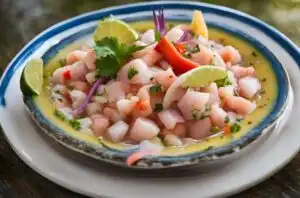
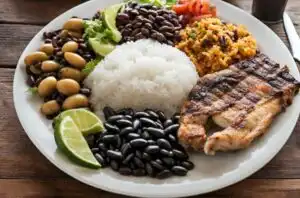



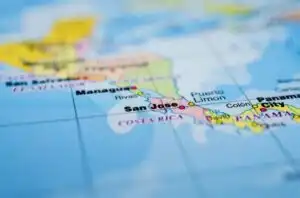

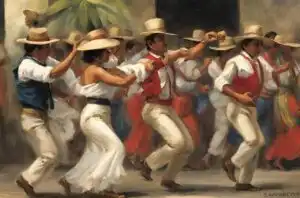

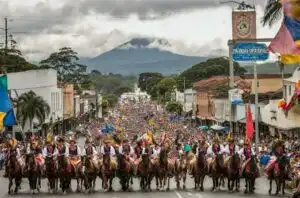

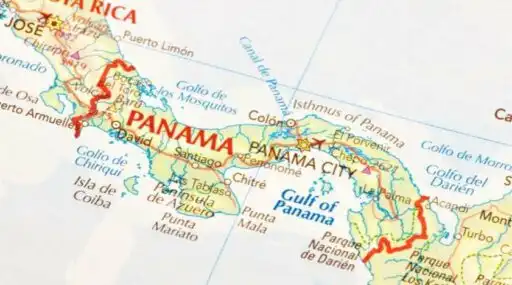
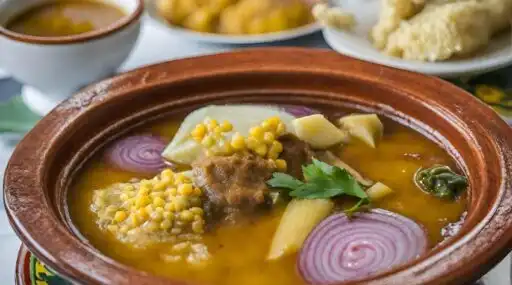
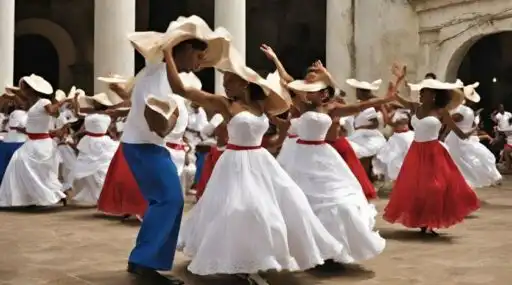








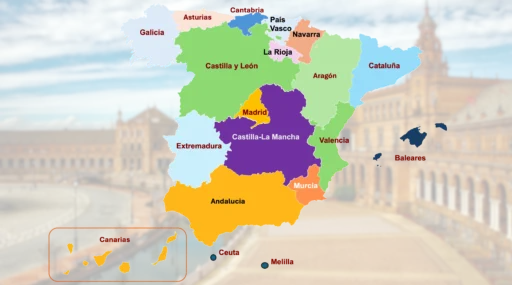
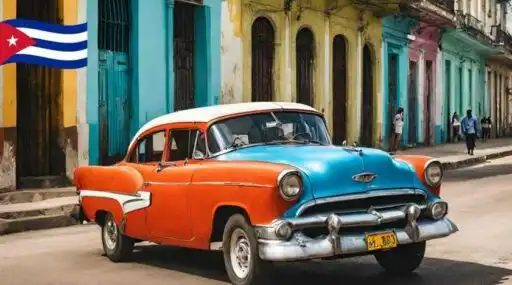








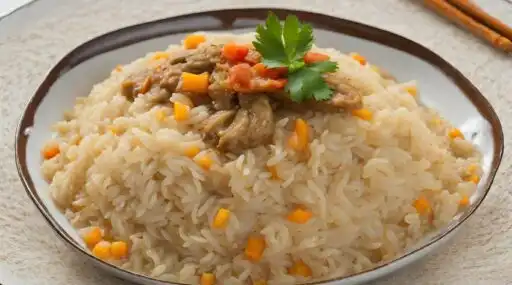
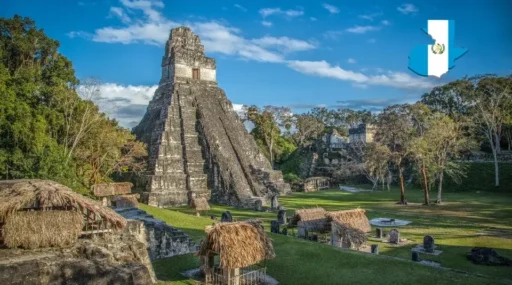





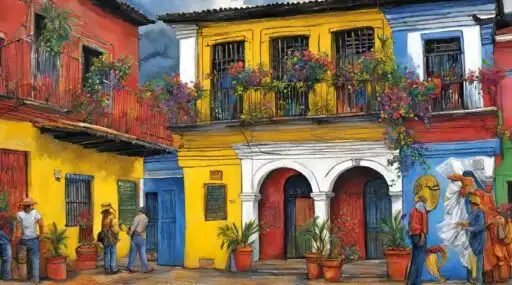
Leave a Reply